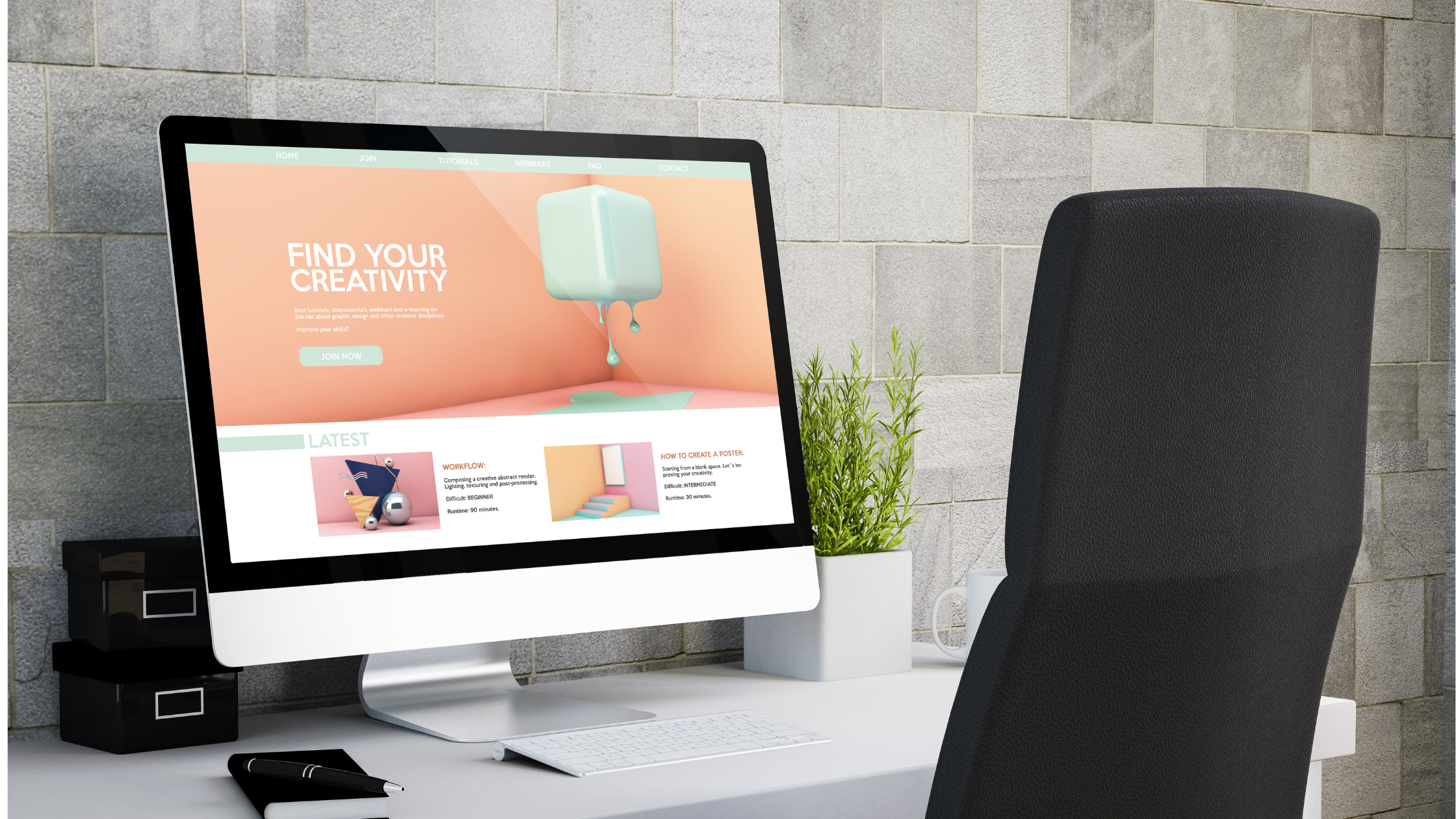
“The Future of Wireframing”
Navigating Innovation in 2024
Introduction:
In 2024, wireframing—a crucial technique in the digital design ecosystem—will undergo a radical change. The combination of cutting-edge technologies and collaborative methods is driving this progress, which is opening a new chapter in the way designers think through, visualize, and refine digital interfaces. This investigation delves into the cutting-edge fashions and technological developments influencing wireframing in the future and provides an overview of the creative methods that will revolutionize the design field.
Block 1: 3D and Augmented Reality Wireframing
- Immersive Visualization with 3D Modeling: Using 3D models during wireframing gives designers access to a multi-dimensional viewpoint that helps them comprehend user interaction spaces and the hierarchy of images in digital environments more deeply.
- Augmented Reality for Better Prototyping: AR prototypes give stakeholders and designers a hands-on experience by fusing digital and physical aspects. This helps them assess how well-suited and engaging proposed solutions are for the real world.
- Interactive features and User Engagement: Adding interactive 3D and AR features to wireframes greatly improves user engagement by giving stakeholders a dynamic platform to view and participate with design concepts in real time.
Block 2: Collaborative Wireframing in Virtual Spaces
- Enhanced Team Collaboration: Regardless of their geographical locations, team members may co-create, exchange input, and iterate on wireframes in a shared virtual workspace thanks to virtual collaborative platforms, which are transforming the design process.
- Cloud-based Platforms for Accessibility: The move to cloud-based wireframing tools guarantees that projects are reachable from any device at any time, any time, allowing for a more flexible and effective workflow.
- Documentation and Version Control: Version control and automatic documentation are integrated into advanced collaboration technologies to guarantee that every change is recorded and the evolution of designs is well documented for auditing and review purposes.

Block 3: AI-Powered Wireframe Assistance
- Predictive Design Recommendations: Leveraging machine learning algorithms, AI-powered tools can predict user preferences and design trends, providing actionable recommendations to enhance the wireframing process.
- Automated Layout Generation: AI technologies are capable of generating wireframe layouts based on content and user flow inputs, drastically reducing manual effort and accelerating the conceptual phase.
- User Behavior Analysis: AI tools analyze user interaction data to offer insights into behavior patterns, helping designers optimize wireframes for improved user experiences.
Block 4: Inclusive Wireframing for Diverse User Experiences
- Universal Design Principles: Emphasizing universal design principles in wireframes ensures that digital products are accessible and user-friendly for people with a wide range of abilities, including those with visual, auditory, motor, and cognitive impairments.
- Cultural Sensitivity and Localization: Inclusive wireframing also addresses cultural sensitivity and localization, ensuring that designs are appropriate and accessible for diverse global audiences.
- Feedback Loops with Diverse User Groups: Establishing feedback loops with user groups from diverse backgrounds is crucial for identifying and addressing potential inclusivity issues in the wireframing phase.
Block 5: Prototyping Beyond Wireframes
- From Static to Interactive: The evolution of prototyping tools allows designers to move beyond static wireframes to develop highly interactive prototypes that mimic the full functionality of the intended design, offering a comprehensive testing environment before development begins.
- Integration with UX Research Tools: Prototyping tools are increasingly integrating with UX research tools, enabling designers to conduct user testing and gather data on prototype usability, which informs further iterations and refinements.
- Cross-disciplinary Collaboration: Enhanced prototyping capabilities facilitate closer collaboration between designers, developers, and product managers, ensuring that prototypes are technically feasible and aligned with business objectives.

Block 6: Sustainability in Wireframe Design and Development
- Eco-Friendly Design Principles: As the digital industry becomes increasingly aware of its environmental impact, sustainability becomes a key consideration in wireframing. Designers are adopting eco-friendly principles, aiming to minimize digital waste and promote energy-efficient designs.
- Optimizing for Performance and Accessibility: Sustainable wireframing involves creating designs that are not only accessible but also optimized for performance, reducing the energy consumption of digital products on servers and end-user devices.
- Lifecycle Thinking in Design: Incorporating lifecycle thinking into wireframing encourages designers to consider the longevity and evolution of digital products, ensuring designs are adaptable and can be updated or recycled with minimal resource usage.
- Awareness and Education: Tools and platforms are beginning to include features that educate designers about sustainability practices, providing tips and best practices for creating environmentally responsible wireframes.
- Community and Collaboration for Sustainability: The wireframing community is fostering collaboration on sustainable design projects, sharing knowledge and resources to push the envelope on what it means to design responsibly in the digital realm.
The evolution of wireframing in 2023 is not just about leveraging new technologies or enhancing collaboration; it’s also about redefining the responsibilities of designers towards creating sustainable, accessible, and inclusive digital products. As we step into the future, the integration of sustainability into wireframing practices underscores the design community’s commitment to responsible design. By embracing these innovative trends, including 3D and AR elements, AI assistance, inclusive design principles, dynamic prototyping, and now sustainability, designers are equipped to tackle the challenges of the modern digital landscape. This holistic approach ensures that the future of wireframing contributes to the creation of digital experiences that are not only technologically advanced and user-centric but also environmentally conscious and ethically sound, LavitFlow 2024.

